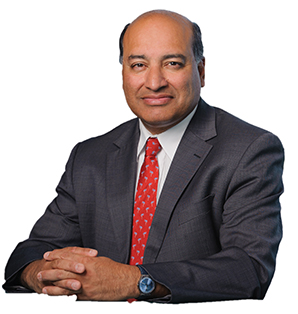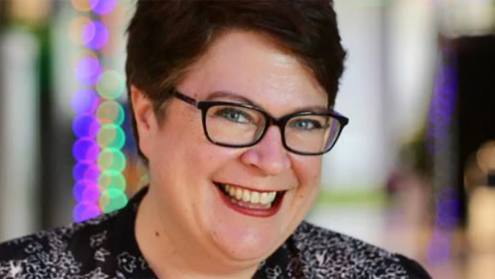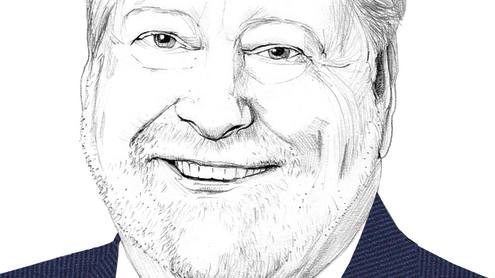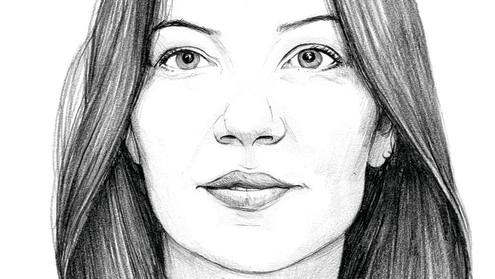Q: The European Bank for Reconstruction and Development [EBRD] annual meeting is being held in Sarajevo. How important is the western Balkans in terms of EBRD coverage?
A: It is enormously important. If you just look at Bosnia-Herzegovina [of which Sarajevo is the capital], we’ve invested something like €2.2bn over the years. [This translates into] 155 projects, just in one quite small country. If you look at the western Balkans as a whole, it’s about €11.5bn over the years and in 2018 a record €1.1bn in the region. [So the western Balkans is] very important for the EBRD but also for Europe, because this is a region that has quite clearly chosen EU [membership] as its destination of choice.
Q: What will be the main issues on the agenda at this year’s meeting?
A: As always, there will be a focus on results. How did the EBRD do in the past year? We’ve had record [investment] numbers for the past two or three years. In 2018 we invested about €9.5bn and that’s a very high number. That’s going to be one focus: can we keep that up? Can we show [what is] the transition impact we’ve achieved in recent years?
Second, there will be the strategic agenda. How can we optimise delivery in our existing countries of operation? This isn’t just a quantitative game – of course we want to invest more in those countries – but [we must look at how we can do this with] quality. Can we do even more in terms of raising the quality of what we’re doing in each of these countries? So that’s the first agenda.
Then there will be a discussion about how much capital we have available still? What is the EBRD’s place in the international financial architecture? And therefore, if we have enough capital and we’re still doing more in our existing countries of operation, could we use some of that capital to expand gradually into sub-Saharan Africa? We would like a green light from our shareholders – not to take a decision to do that but to study whether it’s worth doing.
Q: The EBRD has been criticised for having too broad a remit and losing focus. How do you respond to that view?
A: There are those who always think everything is about a country context and you can’t get away from that. We have also been praised, by probably more than those that have criticised us, for making a success of the fact that we’ve shown [how our] business model has trumped geography. Our private sector business model, which started off just in the post-communist countries [has been effectively transferred]… to Turkey … then the Middle East and north Africa, and then the southern and eastern Mediterranean region. Many of these economies were always market economies but not very effective at being so, and that’s where the EBRD business model has done just as well [in terms of promoting growth and reform] as in our traditional region of central and eastern Europe, the former communist zone.
Q: Is that why sub-Saharan Africa is now being considered?
A: We shouldn’t do it just because we have capital. That’s the wrong reason. The capital is, if you like, a licence or a permission to be able to look at a question. We should only go into sub-Saharan Africa in a gradual way if we think our business model really would help to answer the questions of what needs to be done in sub-Saharan Africa.
So the study really isn’t just a study of capital, it’s a study of what are the transition challenges in these economies and in which of these economies would the EBRD have the greatest chance of success, given its business model. [We must also look at] the complementarity, [or otherwise, of the relationships we have] with other multilateral development banks, such as the African Development Bank.
Q: Would it make sense to rename the EBRD as the Transition Bank or something similar so as to remove Europe from the name?
A: People have suggested this in the past few years, particularly as we’ve focused more on different regions. But from the start our largest shareholder was the US and we have many non-European shareholders. Yes, the EU countries have a majority of the shares, but the EBRD is a globally owned bank. It’s a global institution. I think one has to be quite careful about [name changes] because a brand is built up around a name. People understand what you do and we can just as well use the abbreviation 'EBRD'. You don’t have to always spell it out.
Q: The EBRD stopped making new investments in Russia after the annexation of Crimea. What would it take for the EBRD to invest in new projects in Russia?
A: This is really a question for shareholders, not for management. It was shareholders that gave the guidance that led to us not pushing forward new projects in Russia back in July 2014. I don’t see any evidence, as yet, of a shareholder consensus that would change that viewpoint. We are always open to [discussion if, for example,] shareholders come together and say it is now time for a return. But [so far] they haven’t said that.
We do still manage a very large portfolio in Russia, and it is a very good portfolio. We have a very large office in Moscow, which is important for the portfolio in Russia and also important for central Asia and for the Caucasus. We have an excellent banking team there that helps develop projects in other countries. So Russia remains an important shareholder for us and an important source of skills and expertise for what we are trying to. But at the moment I don’t see a shareholder consensus saying: ‘Let’s change.’
Q: Turkey is one non-communist country that has become very significant for the EBRD, attracting about one-fifth of the total investment. What is the story in Turkey?
A: Turkey has grown very fast. This was our 10th year of operations in Turkey and a couple of years ago we lent the country €1.9bn. That was a record level; it’s actually come down since then, to just under €1bn in 2018 partly because of a slowdown in the Turkish economy. We have a very high-quality portfolio in Turkey and 97% is private sector, which shows exactly what makes us so distinctive among the multilateral banks. But it also shows we can operate, very successfully, in what was always a market economy, albeit not as effective a market economy as it is today – and the EBRD has had something to do with that.
Q: What about helping Syria to rebuild if there is a lasting peace settlement?
A: Within our existing constitution, Syria would qualify because of its geographical location as [both] a member and a country of operations. It is neither at the moment. Obviously we are hoping for a peace settlement… and a return to some democratic norms that would make that possible. Then Syria would, no doubt, have to apply and would get shareholder support. One day it will happen, I’m pretty sure of that. But your guess is as good as mine as to how long it’s going to take before we get there.
Q: Traditionally development banks focus lending on infrastructure projects, but the EBRD pays a lot of attention to small and medium-sized enterprises [SMEs]. Why have you taken that approach?
A: We’ve taken a view that if you look through economic history, the development of all economies has had the SME sector as its backbone. Very few economies have sustainably grown over the long term without having an SME sector to speak of. You can have spurts of growth through dominant sectors but if you want to sustain that growth, you’ve really got to build up the SME sector. If you look at advanced economies such as Italy or Japan, that’s very, very obvious. But you can also look at middle-income countries such as those that we operate in, and that’s also fundamentally important. So we’ve invested heavily in SMEs in a number of different ways: sometimes direct and sometimes through the local banking system.
Q: Is this because it is difficult to identify and be involved in such small projects?
A: Yes, we don’t have the human resources that would allow us to look at every single SME [prospect] ourselves. But what we can do is use the local banking system; they’re there on the ground. We can provide them with the capability so they can make the assessments of SMEs. We can have targeted credit lines, whether it’s for the green economy, for women in business, for energy efficiency, all sorts of different types of credit lines [can be made] through the local banking system. Compared with other multilaterals, we don’t just have a main office in each capital of each country we operate in. We have smaller offices and regional offices. These are all SME focused. They focus on advisory services to SMEs.







